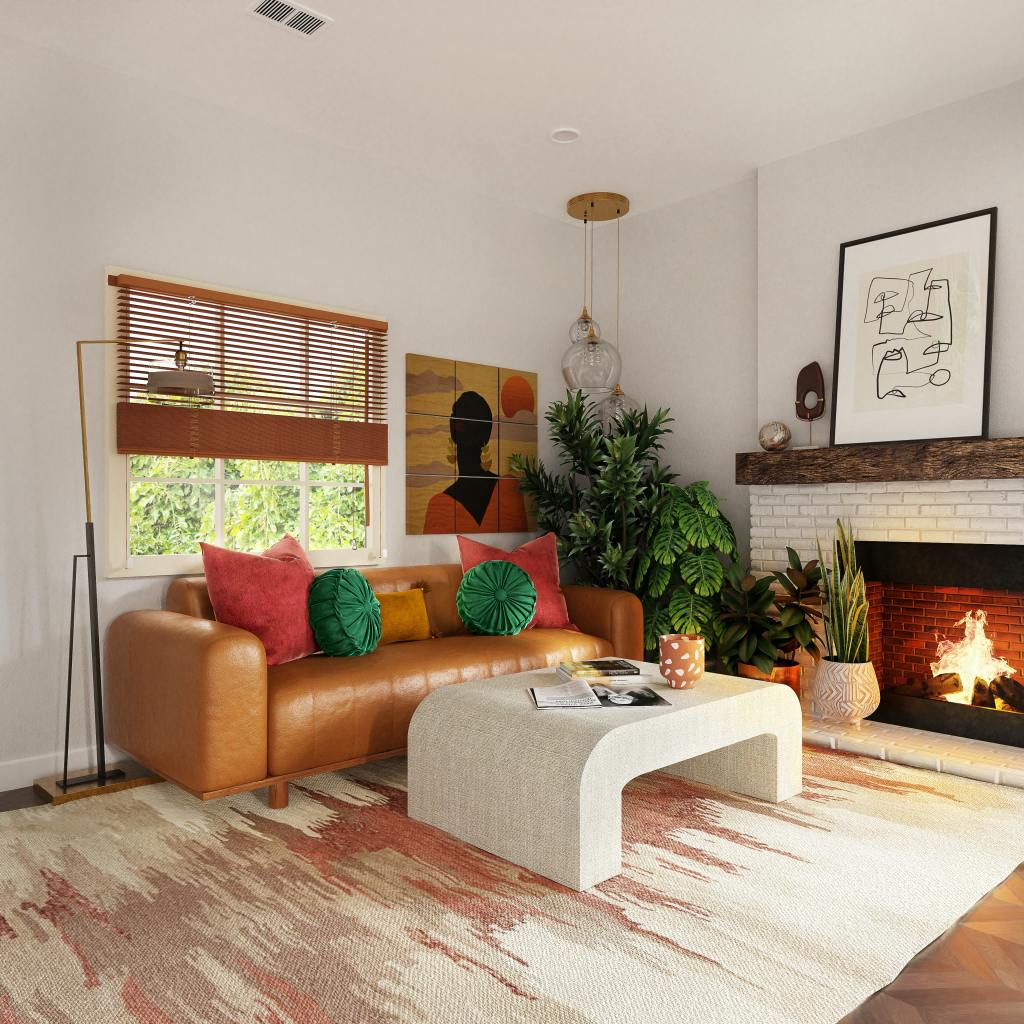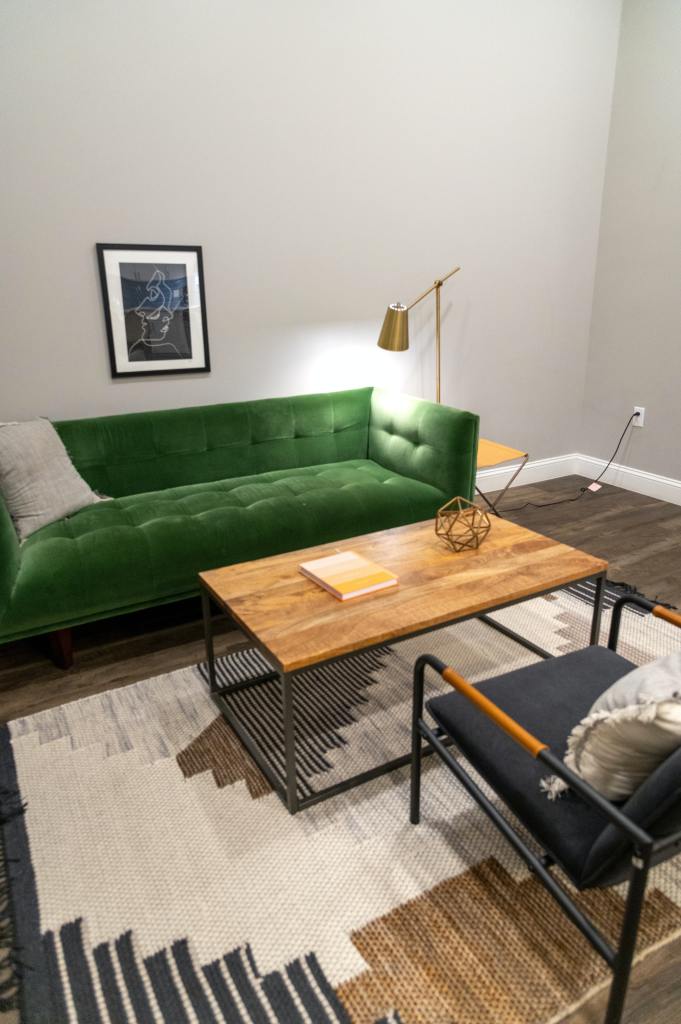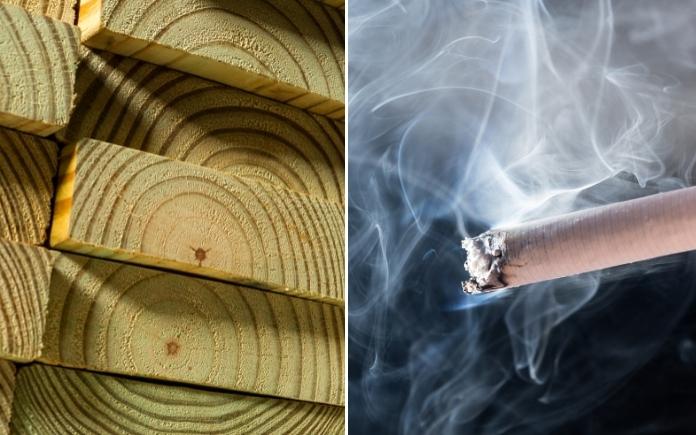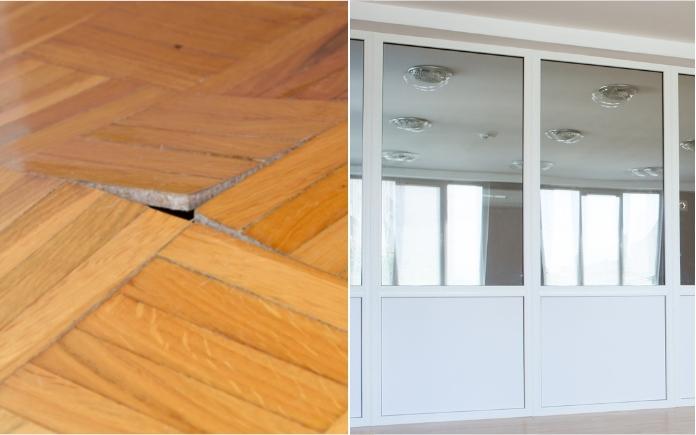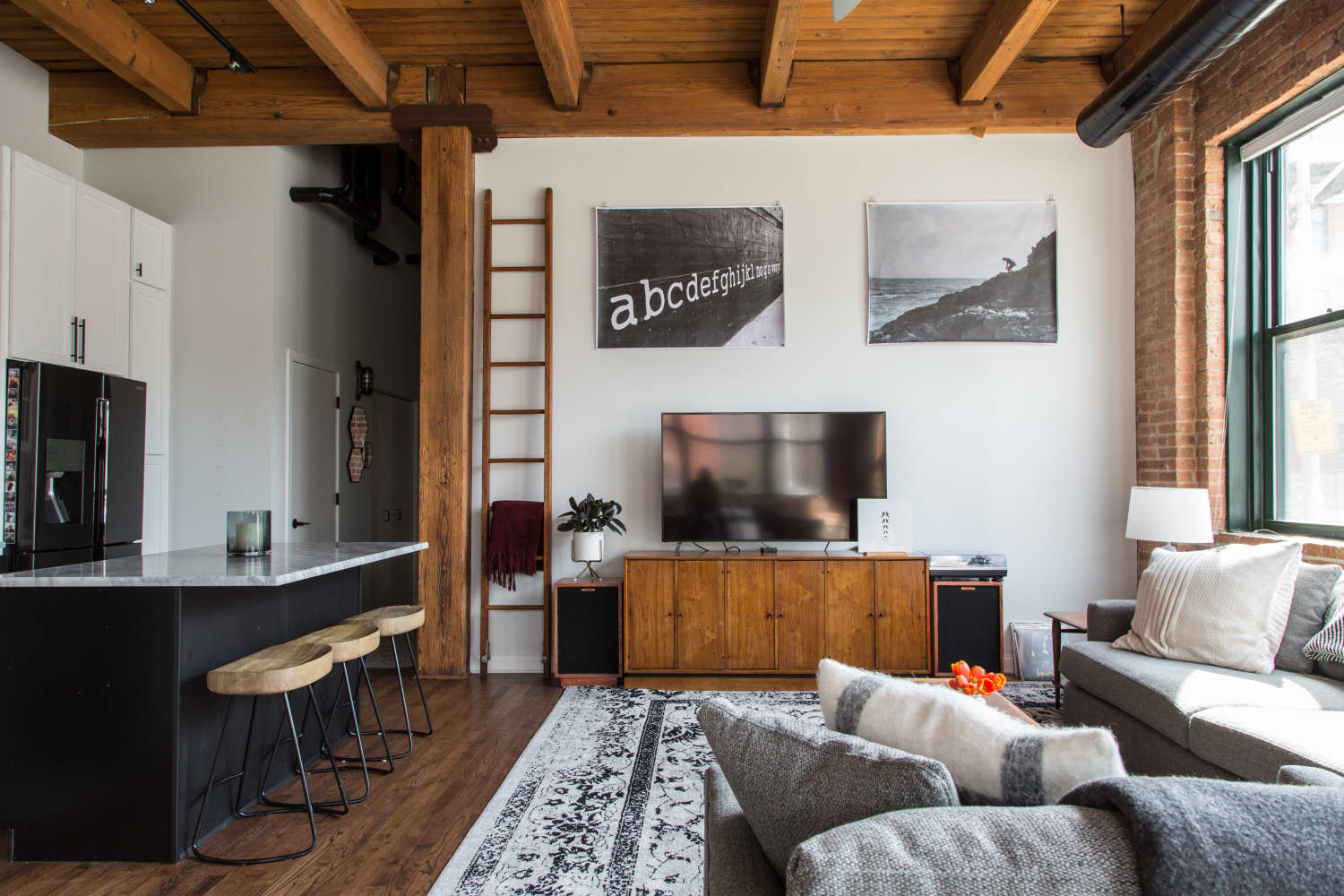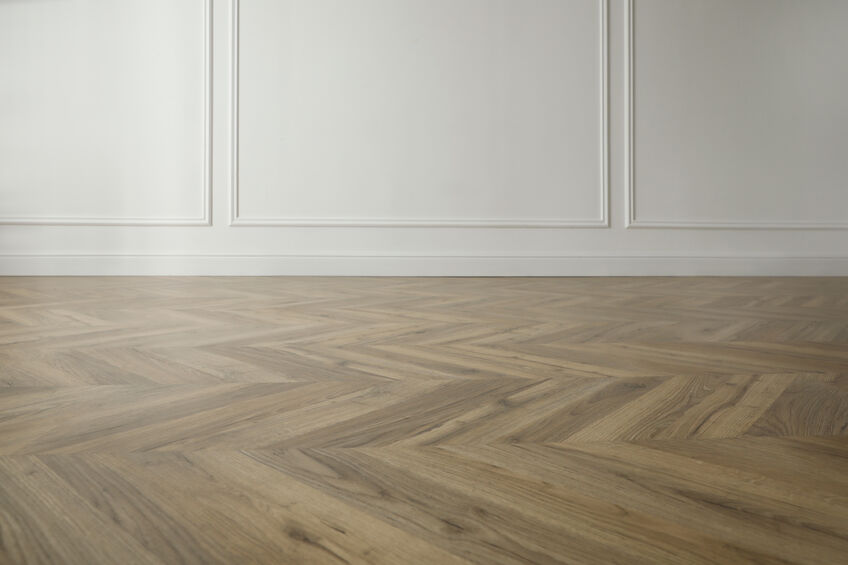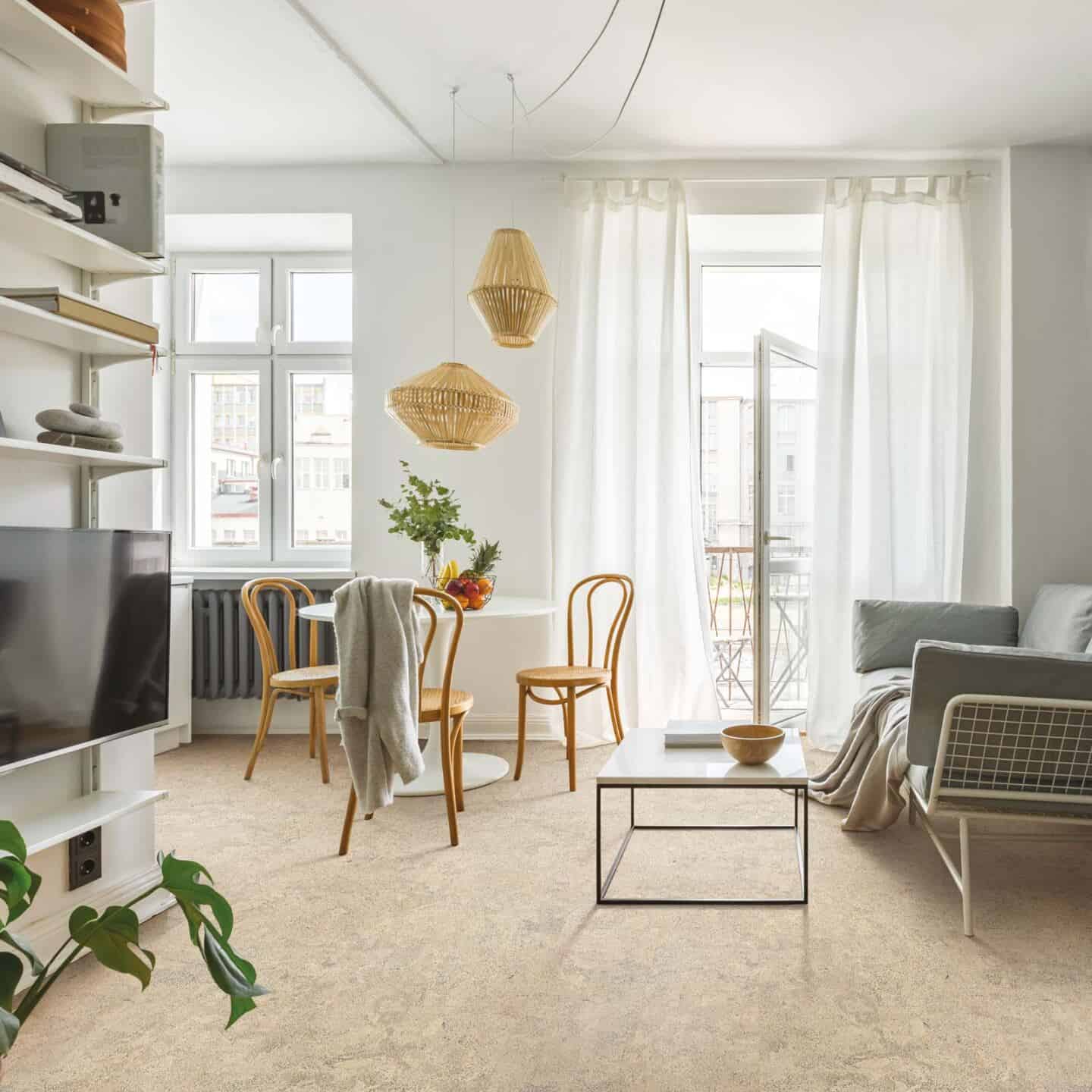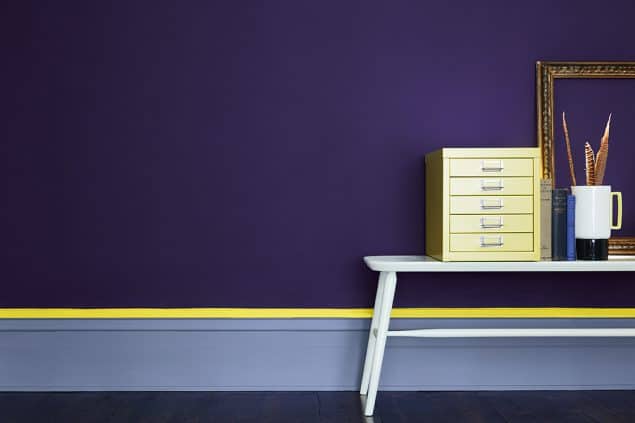Pre-Winter Rug Care Checklist For Savvy Homeowners
As a savvy homeowner, you will probably have a checklist to get your home set for the upcoming winter. Besides ensuring that the heating is functioning and your home is well insulated, if you’ve put your thick rugs away during the summer, it’s now time to get them out again. After months of summer storage … Read more

